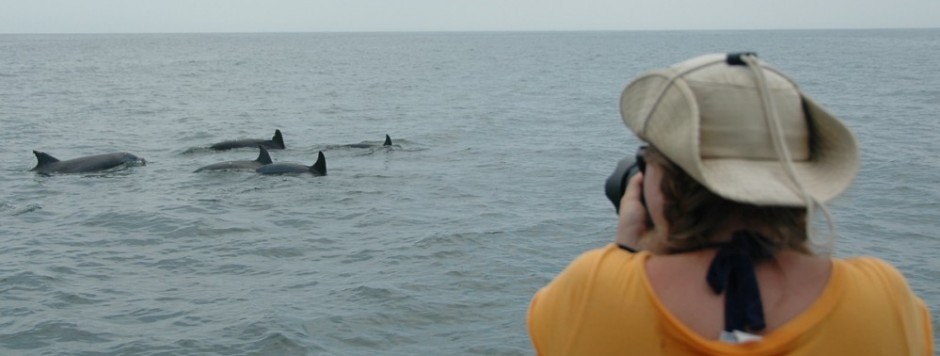The Mobile Energetics Lab (MEL) gives PEBL the unique ability of being able to measure the metabolism and temperature tolerance of marine animals at various facilities around the country. Using MEL we can determine the energetic requirements of sea turtles, seals, sea lions, manatees, or cetaceans where they live at any facility that houses aquatic species. The self-contained system houses a seawater heat exchanger system that we can use to control the water temperature in which the animal is held up to 5000 gallons) to within ±1°C and thereby examine how well the animal can cope with temperature change in its environment. MEL also has lab space to house all of the physiological monitoring tools (gas analyzers, temperature monitors, flow controllers, and computers) that are required to undertake these measurements.
In addition to being able to measure the metabolic rate of animals, PEBL has the specialized equipment required to assess the body condition and insulative capabilities of a variety of species. Using state-of-the-art medical diagnostic ultrasound equipment, like the GE Logiqbook, we can get insights into both the quality and quantity of blubber and ascertain how well an animal can cope with conditions in the wild. This instrumentation could also conceivably be used in medical diagnostics and also for the determination of pregnancy.
Using thermal imaging equipment (FLIR Thermavision P-20) we can assess regions of the body where heat loss is occurring and assess the insulative quality of an animal. This equipment is sensitive enough to determine temperatures of 0.1°C and gives a clear visualization of the temperatures over an animal’s body. Thermal imaging has been used by our lab to examine areas of heat loss in endangered Steller sea lions at the Vancouver Aquarium in conjunction with a study of the energetics of thermoregulation (photo at right) as well as manatees and killer whales. This approach also has diagnostic capabilities to address areas of inflammation or infection.

